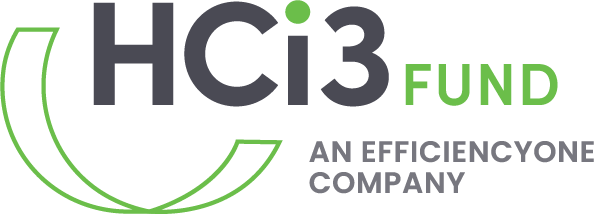Preston Township Community Solar Social Feasibility Study
The Preston Township Community Solar Social Feasibility Study will determine how historic African Nova Scotian communities can benefit from future shared solar projects. The research and engagement process will ensure communities have the capacity to get involved in the provincial Community Solar program and will be replicated in other African Nova Scotian communities.
Grant award: $50,000
More solar power is coming to Nova Scotia, and One North End Community Economic Development Society (ONE) and Clean Foundation want to help African Nova Scotian communities take advantage of this opportunity.
Nova Scotia is preparing to add 300 MW of solar power to its electricity grid by 2030 as part of its 2030 Clean Power Plan, with at least 100 MW of that capacity targeted for small-scale community solar projects. A new community solar program is anticipated early in 2024. This creates an opportunity for communities to benefit from both revenue and renewable energy – if they have adequate knowledge and community buy-in.
Clean Foundation and ONE came together through a shared belief that all communities should benefit as we move to a net-zero economy. With help from HCi3’s Accelerating to Zero grant program, they undertook a solar social feasibility study in several historically African Nova Scotian communities: East and North Preston, Cherry Brook and Lake Loon (collectively, “The Preston Township”). These communities have historically been marginalized and excluded from conversations concerning their development, including around energy planning. Through this work, Clean Foundation and ONE wanted to ensure they were aware and prepared to take advantage of the upcoming community solar program.
A social feasibility study investigates the acceptance of a product or program in a specific community before it’s released. In this case, the feasibility study investigated how the community feels about the prospect of shared solar, and what a true community-oriented shared solar project could look like in the Preston Township. Once completed, the study can then be used to help inform the social equity side of the policies and standards that are being developed for upcoming solar energy opportunities.
Shared solar is a shared ownership model where members of a community are co-owners of solar projects. This model allows people who live in apartment buildings, whose roofs don’t receive a lot of sunlight, who rent their homes, or who don’t have the large amount of capital required to buy solar panels to be a part of the green energy movement. It also provides a financial benefit through the sale of generated electricity to the grid.
For the feasibility study, ONE and Clean Foundation went into community to determine the level of interest and knowledge about shared solar projects, and how African Nova Scotians can best benefit from these projects. The guiding questions included: what project models could work in the Preston Township and other historically Black communities? What would have the strongest buy-in from community members? How can you finance a shared solar project in these communities in a way that ensures the continuation of community involvement?
The findings from their outreach activities were collected into a publicly available, shareable resource to be used by others conducting studies in similar communities. The community engagement activities helped assess the community’s level of knowledge and interest in shared solar. “This was a new conversation to many of them,” said Rodney Small, Executive Director of ONE. Despite the newness of the conversation, the response was enthusiastic. When residents were asked whether they would be interested in having shared solar in their communities, the “overall message back to us was: ‘absolutely. We do not want to get left behind by this opportunity,’” said Patrick Granegger, Manager, Clean Energy and Equity, at Clean Foundation. This study served to show both the community and policy-makers the potential of community solar in these communities. “I think that this was a very important first step of many to… bringing public and private awareness to the fact that there’s this very large community [in the HRM] that should be taken seriously when thinking of the different opportunities that come about through shared solar,” Granegger continued.
Part of what made this project successful was the partners’ willingness to pivot and be flexible to best meet the needs of the community. As an example, shortly after the project began, ONE became the lead on engagement activities because of their connection with the Preston Township, while Clean became the lead on report writing and research. Along the way, ONE adapted their strategy to meet the community’s needs when initial engagement levels were low. They engaged multiple times over the course of the study, establishing important relationships with community leaders. “I think there’s still a lot of work to do in the area of awareness – you can’t just go into the community a couple of times,” said Small. “We had to double back to make sure we involved the right people in the conversation so that they could get the word out into the community.”
With the knowledge that is now within the community, and the benefits of having the feasibility study, the community is in a favourable position to move forward with shared solar projects as opportunities become available, including the provincial community solar program. Small commented, “I think the fact that they already have a feasibility study in place gives them that very important leg up that helps… create an equitable playing field.” When asked whether they would be involved in the community’s next steps with shared solar, Small and Granegger replied that the work would come from within community, but they would be there to continue to empower those individuals.




